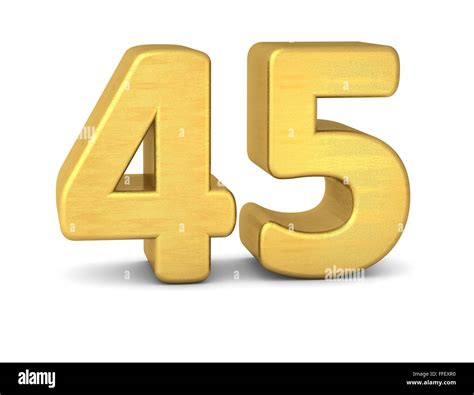Understanding the Difference Between French and Dutch Braids
Although both French and Dutch braids are popular braiding techniques, they have distinct differences in appearance and construction.

French braid:
– Weaves hair over each other, creating a raised, elegant braid that sits on top of the head.
– Results in a more intricate and complex-looking braid.
Dutch braid:
– Weaves hair under each other, creating a thicker, flatter braid that lies closer to the scalp.
– Produces a sportier and more casual appearance.
Choosing the Right Braid for Your Hair Type and Style: French vs Dutch
French braid:
– Suitable for all hair types, especially those with fine or thin hair, as it adds volume and fullness.
– Ideal for formal occasions and elegant hairstyles.
Dutch braid:
– Works well for thick, coarse hair, as it helps to tame unruly strands and create a more controlled look.
– Excellent choice for active or sporty activities, as it stays secure and out of the way.
Step-by-Step Guide: How to Achieve the Perfect French vs Dutch Braid
French Braid:
- Brush hair to remove tangles.
- Section off the top portion of hair at the crown.
- Divide this section into three equal strands.
- Cross the right strand over the middle strand.
- Cross the left strand over the new middle strand.
- Repeat steps 4-5, adding small sections of hair from the sides as you go.
- Continue braiding until you reach the nape of the neck.
- Secure with an elastic band.
Dutch Braid:
- Follow steps 1-2 of the French braid instructions.
- Cross the right strand under the middle strand.
- Cross the left strand under the new middle strand.
- Repeat steps 2-3, adding small sections of hair from the sides as you go.
- Continue braiding until you reach the nape of the neck.
- Secure with an elastic band.
Creative Applications of French and Dutch Braids for Modern Styles
- Braided Crowns: Create a stylish and bohemian look by braiding your hair into a crown around your head.
- Side-Swept Braids: Elevate your everyday hairstyle by braiding a French or Dutch braid to one side of your head, leaving the rest of your hair loose.
- Half-Up, Half-Down Braids: Combine the elegance of a braid with the casual appeal of loose hair by braiding the top half of your hair into a French or Dutch braid.
- Braided Buns: Transform a simple bun into a chic updo by incorporating a French or Dutch braid into the bun structure.
- Braided Ponytails: Add some flair to your ponytail by adding a French or Dutch braid at the base of the ponytail.
Reasons French and Dutch Braids Will Continue to Be Popular
Versatile and adaptable: French and Dutch braids can be styled in countless ways, making them suitable for a wide range of occasions and hair types.
Timeless appeal: These braiding techniques have been popular for centuries and continue to be a staple in the world of hairstyling.
Easy to learn and master: With a little practice, anyone can achieve the perfect French or Dutch braid.
Enhance hair health: Braiding can help to prevent tangles and breakage, promoting healthy hair growth.
| Feature | French Braid | Dutch Braid |
|---|---|---|
| Appearance | Raised, elegant | Flatter, closer to scalp |
| Weaving technique | Hair strands crossed over | Hair strands crossed under |
| Hair types | All hair types | Thick, coarse hair |
| Style options | Formal, elegant | Casual, sporty |
Choose the right hairbrush: A wide-toothed comb or a brush with natural bristles helps prevent tangles and breakage.
Section hair carefully: Dividing hair into equal sections ensures a balanced and even braid.
Tension control: Apply even tension to the hair strands as you braid to achieve a neat and secure result.
Add hair gradually: Incorporating small sections of hair from the sides creates a fuller and more voluminous braid.
Finish with care: Secure the braid with a clear elastic band and gently loosen any tight spots to enhance comfort and prevent hair damage.
Enhanced hair health: Braiding reduces tangles and breakage, promoting healthy hair growth.
Versatile styling: French and Dutch braids offer a wide range of styling options, from elegant to sporty, making them suitable for any occasion.
Time-saving: Braiding can be a quick and convenient way to style your hair, especially when you’re short on time.
Protective hairstyles: Braids can protect hair from environmental damage and reduce the need for heat styling tools, which can cause hair damage.
French and Dutch braids will continue to be popular choices for hair styling due to their versatility, timeless appeal, and endless possibilities for creativity. Whether you choose the elegant French braid or the casual Dutch braid, these techniques offer a simple yet effective way to elevate your hairstyle and enhance your hair’s health.
